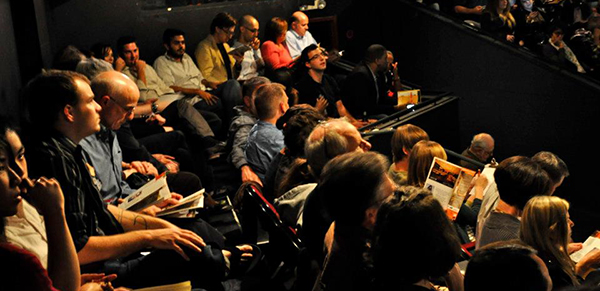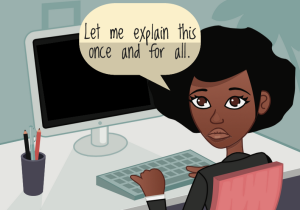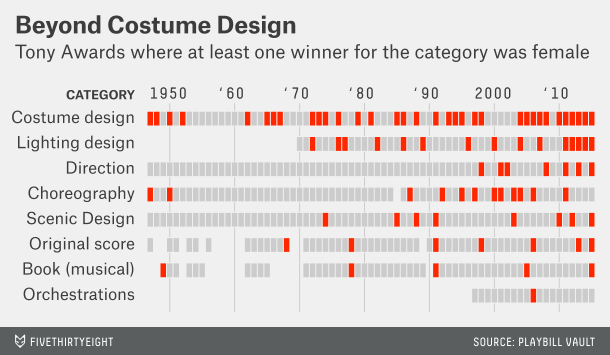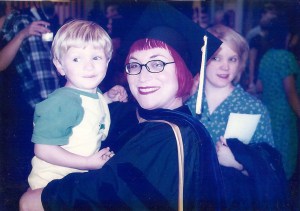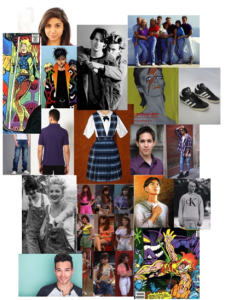#StaffChat posts feature articles and news that the C1 team discusses as part of our weekly all-staff meeting. We’d love to hear your thoughts too — hit us up on Facebook or Twitter!
♦♦♦♦♦
Given the current state of climate change, it’s important to examine how we, as artists, address this enormous issue, both within our work itself and in our means of doing theatre. This week, we’ll be spending some time looking at the current environmental impact of our processes, and thinking about ways to become more sustainable.
We’re looking at a few articles to help guide our conversation:
Fisher’s article in The Guardian articulates some of the aspects of theatre that make it so unsustainable:
“Keeping the fuel bills down is not the only environmental challenge faced by the theatre industry. Think of all those sets scrapped at the end of a run. Think of the hotel nights and minibus miles generated by companies on tour. Consider the audiences travelling into town. What of the paper for the flyers, posters, programmes and scripts? Then there are the stars – Don Johnson, Jessica Lange – who jet in from the US to see their names in high-wattage West End lights. Should we wonder at the scarcity of green-themed plays, when the theatre business itself has such a voracious appetite for resources?”
The piece goes on to detail some theatres, like London’s Young Vic, that are implementing green audits to identify areas for improvement on the sustainability front. Some companies are also using the production’s text itself to explore the issue, staging work with themes that directly address environmental impact.
Similarly, Pickard’s article in HowlRound speaks about Superhero Clubhouse, a company specializing in eco-theatre. All their programming deals with issues around sustainability, but to avoid overly didactic work, they approach projects with large, abstract ideas before getting practical:
“Early in the process of making an eco-play, after a dose of research, my collaborators and I generate an “impossible question”—one that is extremely difficult to answer, even for an environmental expert. For example, in EARTH (a play about people), our question is, “Should we have children?” This is a question that sparks a provocative conversation about overpopulation, but is impossible to definitively answer personally or communally. Allowing the question to be “impossible” steers my collaborators and me clear of didacticism and oversimplifications of science, and also leaves room for audiences to grapple with an environmental issue on their own terms. After forming our impossible question, we place temporal, narrative, physical, and scenic limitations upon ourselves.“

MARS (a play about mining) at Superhero Clubhouse; Photo by Brian Hashimoto.
Continue reading →
